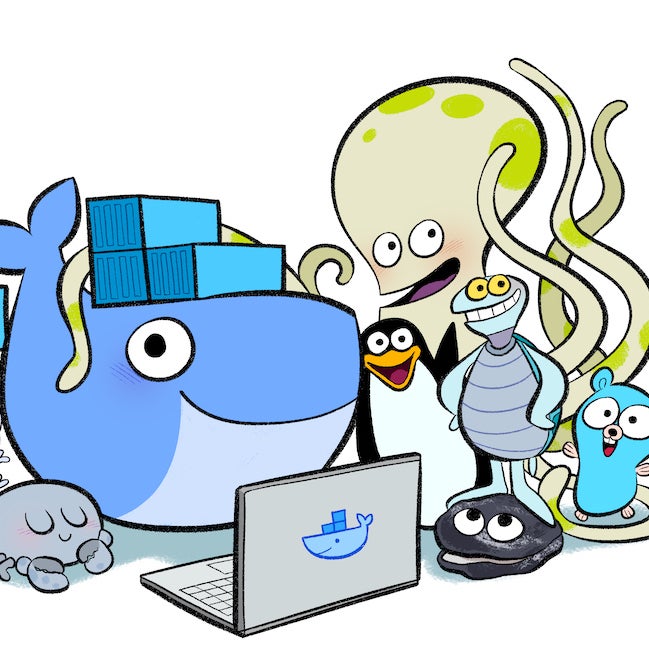- I recommend the Pixel 9 to most people looking to upgrade - especially while it's $250 off
- Google's viral research assistant just got its own app - here's how it can help you
- Sony will give you a free 55-inch 4K TV right now - but this is the last day to qualify
- I've used virtually every Linux distro, but this one has a fresh perspective
- The 7 gadgets I never travel without (and why they make such a big difference)
New in Docker Desktop 4.14: Greater Visibility Into Your Containers – Docker

Docker Desktop 4.14 brings new functionality directly into your workstations, specifically focused on providing better visibility into your containers’ productivity and security. Read more below!
Visualize your resource usage
Have you ever wanted an easier way to see which containers or Docker Compose projects consume the most resources, like CPU, memory, network, or disk I/O? The new Resource Usage extension displays all of this information right in Docker Desktop.
The extension displays a table view that shows CPU, memory, disk, and network I/O for all containers and aggregates them by Docker Compose project. You can start, stop, and restart containers or view container logs — all from the same place!
You can also visualize how these resources evolve over time:

Resource Usage is available on Docker Hub and on the Docker Desktop Extensions Marketplace. Try it out and let us know what you think!
Examine images for package vulnerabilities
Need to know if the package dependencies in your images (or the base images you build on) contain vulnerabilities? Over the coming weeks, Docker Desktop will roll out an enhanced image detail view to help you understand if dependencies are introducing vulnerabilities into your image — and where they’re introduced:

Inspect any image and see what you find. Don’t forget to join our Docker Community Slack and visit the #extensions channel to share your feedback directly with us!
Regenerate the original run command of a Docker container
If you need to share docker container run details with a collaborator, or you just need to modify some parameters and run it again, here’s a useful quality-of-life update. The “Copy docker run” option lets you easily retrieve the original run command (plus its parameters and details) to help you quickly uncover exactly which environment variables are being used:
Click the three-dot actions icon beside any listed container, select “Copy docker run” to copy it, then paste and modify it anywhere!
Stay tuned for more!
We’re always looking for new ways to make it simpler and faster for you to understand what’s going on with your containers and dev environments. Check out our public roadmap to see what’s in store and share what other visibility features you’d like to see.
And be sure to check out the release notes for a full list of everything new in Docker Desktop 4.14!

